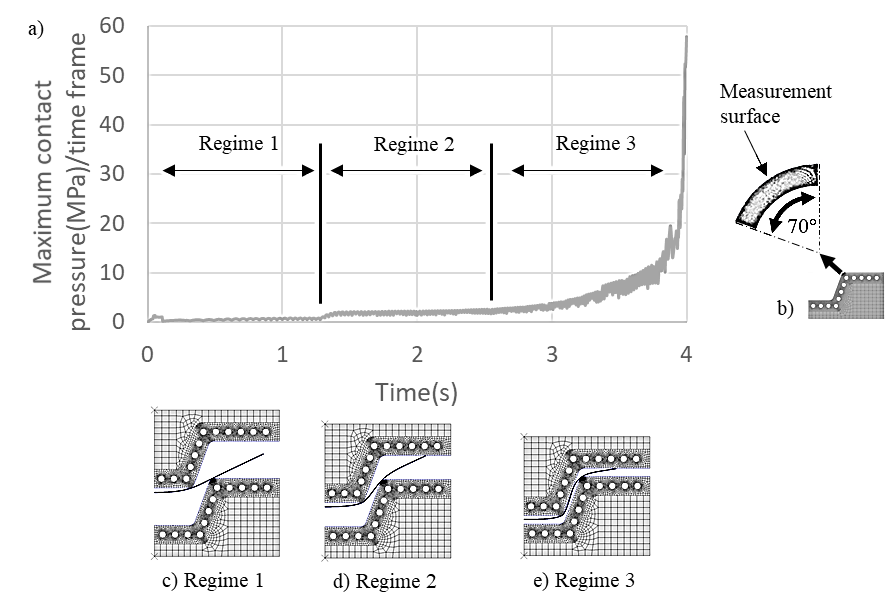Understanding Contact Conditions During Hot Stamping of High Strength Aluminum Alloys
Researcher: Deepak Suseelan Nair
Background
Aluminium alloys exhibit poor formability and high spring back at room temperature forming processes. This fact has made conventional sheet metal forming methods unsuitable. Hot stamping is an emerging manufacturing process that can overcome these challenges and is attracting significant interest in the automobile industry. The aim of this research is to focus on tool wear during hot stamping of aluminium alloys and understand the wear mechanisms and the factors contributing to it. This will be done with the help laboratory wear tests that can replicate hot stamping conditions. The research will also work towards utilizing this knowledge of wear mechanisms to create advanced tool coatings or coating processes to reduce tool wear.
Methodology
The hot tensile test will be used to record the flow stress behaviour of the 7075 aluminium alloy at hot stamping temperatures. Hot friction test will be used to record the friction behaviour at the interface of hot alloy and the steel during the hot stamping process. This data will be used in an FEA simulation model of the hot stamping process to determine the time-based evolution of various contact conditions. The understanding of the evolution of contact conditions will be used to create a laboratory wear test for hot stamping process to study the wear mechanisms and tool coating materials.
Key Findings to date
- The time-based evolution of contact conditions during hot stamping of aluminium alloys was determined using laboratory tests and FEA simulations.

Fig. 1. Time-based evolution of maximum contact pressure on the die radius.
Future works
- Development of appropriate test method.
- Testing of various ceramic coatings to identify the suitable tool coatings for hot stamping of aluminium alloys.
- Optimization of tool coatings using a functionally graded material structure.
Leave a Reply
You must be logged in to post a comment.